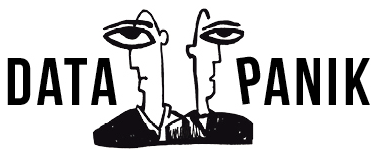Three weeks ago (could it possibly be that long already?), I wrote about the increased risks of working remotely during the COVID-19 pandemic.
One, employees are working from their home networks and sometimes from their home computers. These systems are more likely to be out of date, unpatched, and unprotected. They are more vulnerable to attack simply because they are less secure.
Two, sensitive organizational data will likely migrate outside of the network. Employees working from home are going to save data on their own computers, where they aren’t protected by the organization’s security systems. This makes the data more likely to be hacked and stolen.
Three, employees are more likely to access their organizational networks insecurely. If the organization is lucky, they will have already set up a VPN for remote access. If not, they’re either trying to get one quickly or not bothering at all. Handing people VPN software to install and use with zero training is a recipe for security mistakes, but not using a VPN is even worse.
Four, employees are being asked to use new and unfamiliar tools like Zoom to replace face-to-face meetings. Again, these hastily set-up systems are likely to be insecure.
Five, the general chaos of “doing things differently” is an opening for attack. Tricks like business email compromise, where an employee gets a fake email from a senior executive asking him to transfer money to some account, will be more successful when the employee can’t walk down the hall to confirm the email’s validity — and when everyone is distracted and so many other things are being done differently.
NASA is reporting an increase in cyberattacks. From an agency memo:
A new wave of cyber-attacks is targeting Federal Agency Personnel, required to telework from home, during the Novel Coronavirus (COVID-19) outbreak. During the past few weeks, NASA’s Security Operations Center (SOC) mitigation tools have prevented success of these attempts. Here are some examples of what’s been observed in the past few days:
-
-
- Doubling of email phishing attempts
- Exponential increase in malware attacks on NASA systems
- Double the number of mitigation-blocking of NASA systems trying to access malicious sites (often unknowingly) due to users accessing the Internet
-
Here’s another article that makes basically the same points I did:
But the rapid shift to remote working will inevitably create or exacerbate gaps in security. Employees using unfamiliar software will get settings wrong and leave themselves open to breaches. Staff forced to use their own ageing laptops from home will find their data to be less secure than those using modern equipment.
That’s a big problem because the security issues are not going away. For the last couple of months coronavirus-themed malware and phishing scams have been on the rise. Business email compromise scams — where crooks impersonate a CEO or other senior staff member and then try to trick workers into sending money to their accounts — could be made easier if staff primarily rely on email to communicate while at home.

